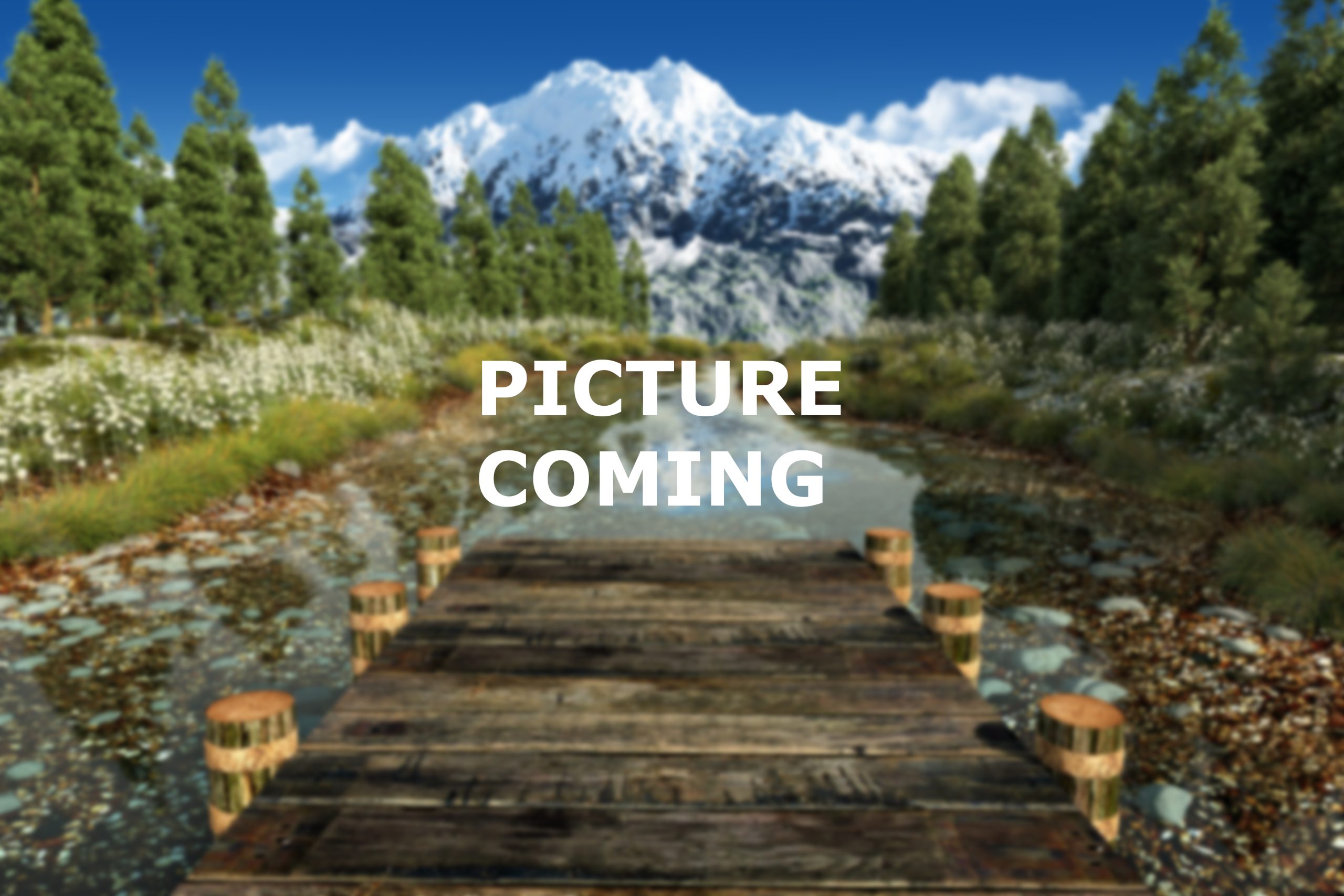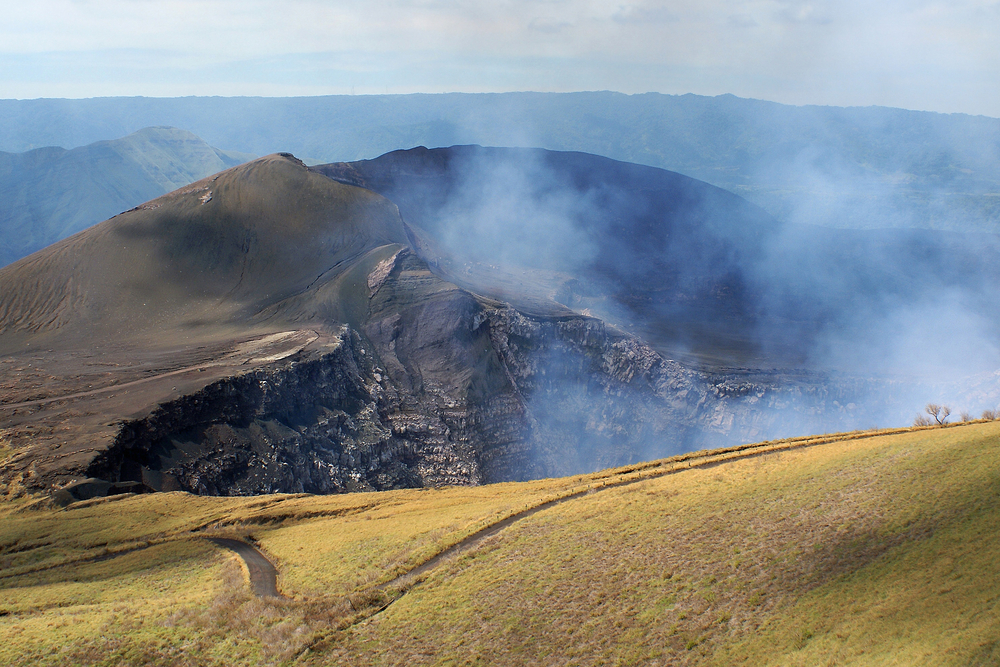The first national park in Nicaragua is Volcán Masaya National Park, established in 1979. It is one of the most accessible active volcanoes in the world, allowing visitors to drive up to the crater rim to see the glowing lava.
Nicaragua is home to a remarkable array of national parks that showcase the country’s rich biodiversity and stunning landscapes. With over 70 protected areas, including 3 officially designated national parks, Nicaragua offers a diverse range of ecosystems, from volcanic highlands and tropical rainforests to vast lakes and coastal wetlands. These parks serve as crucial habitats for an incredible variety of wildlife, including jaguars, howler monkeys, sea turtles, and an abundance of bird species.
One of the most iconic national parks in the country is Masaya Volcano National Park, Nicaragua’s first and most accessible national park. It features an active volcano that continuously emits sulfuric gases, creating an eerie and fascinating spectacle. Visitors can peer directly into the Santiago Crater, one of the few places in the world where you can see a lava lake. The park also offers several hiking trails that traverse lava fields, caves, and dry forests, where nocturnal tours provide an opportunity to see bats and other wildlife.
Another must-visit destination is Mombacho Volcano Nature Reserve, known for its towering cloud forest and diverse flora and fauna. The dormant Mombacho Volcano provides breathtaking views of Lake Nicaragua and the colonial city of Granada. This park is home to hundreds of plant species, including orchids and bromeliads, and shelters rare creatures like the Mombacho salamander, which is found nowhere else in the world. The cool, misty climate makes it a haven for hiking, with well-maintained trails that lead through dense vegetation and offer glimpses of howler monkeys and sloths.
Cerro Saslaya National Park, located in the remote northeastern region of Nicaragua, is a vital part of the Bosawás Biosphere Reserve, one of the largest tropical rainforests in Central America. This rugged and densely forested park is home to Cerro Saslaya, a towering peak that provides a haven for an incredible diversity of wildlife, including jaguars, tapirs, and howler monkeys. The park’s lush, mist-covered landscapes are teeming with rare and endemic species, making it a paradise for nature enthusiasts and researchers alike. Its untouched wilderness, winding rivers, and thick jungle canopy offer a glimpse into one of Nicaragua’s most pristine and ecologically important regions.
Although not a national park, Cerro Negro is an active volcano that offers a strikingly different landscape, dominated by the youngest and most active volcano in Central America, Cerro Negro. This black volcanic cone, formed in the 19th century, is a favorite among adventure seekers who visit to participate in the exhilarating sport of volcano boarding. The park’s terrain, covered in dark volcanic ash, creates a surreal environment, and its frequent eruptions have shaped the surrounding ecosystem, which supports unique plant and animal life adapted to the harsh conditions.
Zapatera Archipelago National Park is a remarkable protected area in Nicaragua. Situated in Lake Nicaragua, this park encompasses the volcanic Zapatera Island and several smaller islets. It is known for its rich biodiversity, ancient petroglyphs, and archaeological sites that provide insight into pre-Columbian civilizations.
Another extraordinary site is Indio Maíz Biological Reserve, one of the most pristine rainforests in Central America, often compared to the Amazon for its density and biodiversity. Though it faces ongoing threats from illegal logging and land encroachment, conservation efforts have helped protect its vast jungle, home to jaguars, tapirs, and harpy eagles. The park is crucial for preserving Nicaragua’s natural heritage and remains a priority for environmental organizations working to combat deforestation and wildlife trafficking.
Despite its natural beauty, Nicaragua’s national parks face significant conservation challenges. Deforestation, agricultural expansion, and illegal poaching threaten several protected areas. However, ongoing conservation initiatives, ecotourism projects, and community involvement have helped raise awareness and generate funding for park preservation. With its unique combination of volcanic landscapes, lush rainforests, and rich coastal ecosystems, Nicaragua’s national parks remain some of the most spectacular and ecologically significant in Central America.



The first national park in Nicaragua is Volcán Masaya National Park, established in 1979. It is one of the most accessible active volcanoes in the world, allowing visitors to drive up to the crater rim to see the glowing lava.
The largest national park in Nicaragua is Bosawás Biosphere Reserve, covering 8,500 square miles (22,000 km²). While not officially designated as a national park, it is a UNESCO Biosphere Reserve and one of the largest tropical rainforests in the Western Hemisphere, second only to the Amazon.
One of the smallest national parks in Nicaragua is Chocoyero-El Brujo Natural Reserve, covering about 1.5 square miles (3.8 km²). It is known for its waterfalls and populations of green parakeets (chocoyos), which nest in volcanic rock formations.
Volcán Masaya National Park is the most visited national park in Nicaragua, attracting both tourists and locals. Its main draw is the Santiago Crater, which emits an eerie red glow from the molten lava visible at night.
Approximately 17% of Nicaragua’s land area is protected under national parks, reserves, and conservation areas.
Nicaragua has over 70 protected areas, including national parks, biosphere reserves, and wildlife refuges. Some of the notable ones include:
Nicaragua is rich in natural wonders beyond its national parks, including:
Some species found only in Nicaragua include:
The main international airport in Nicaragua is Augusto C. Sandino International Airport (MGA), located in Managua.
Several international airlines operate flights to Nicaragua. These include:
Nicaragua’s national parks and protected areas are managed by MARENA (Ministerio del Ambiente y los Recursos Naturales), the Ministry of Environment and Natural Resources. Their official website is: www.marena.gob.ni